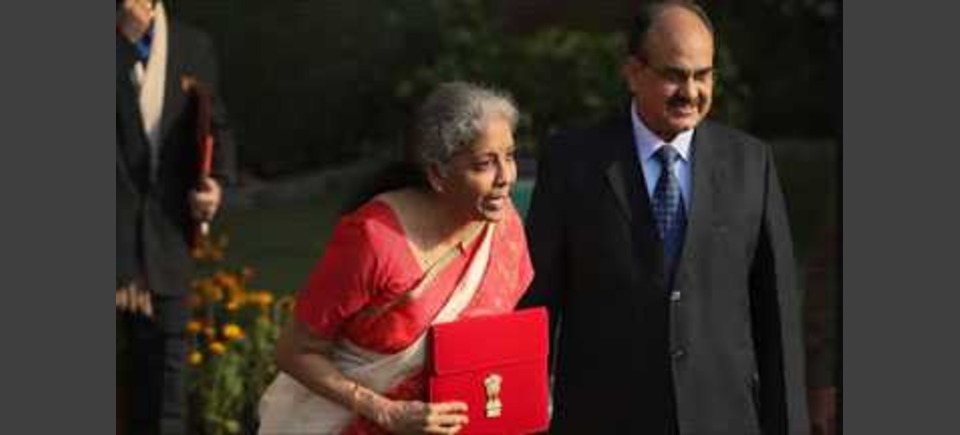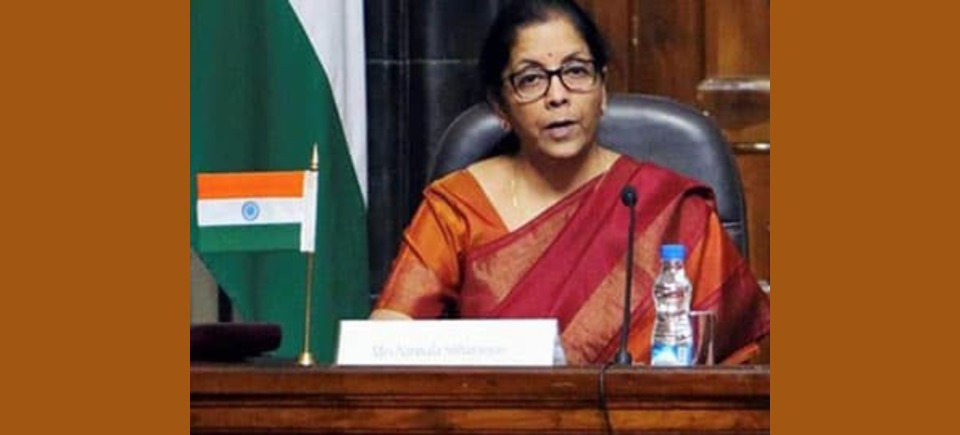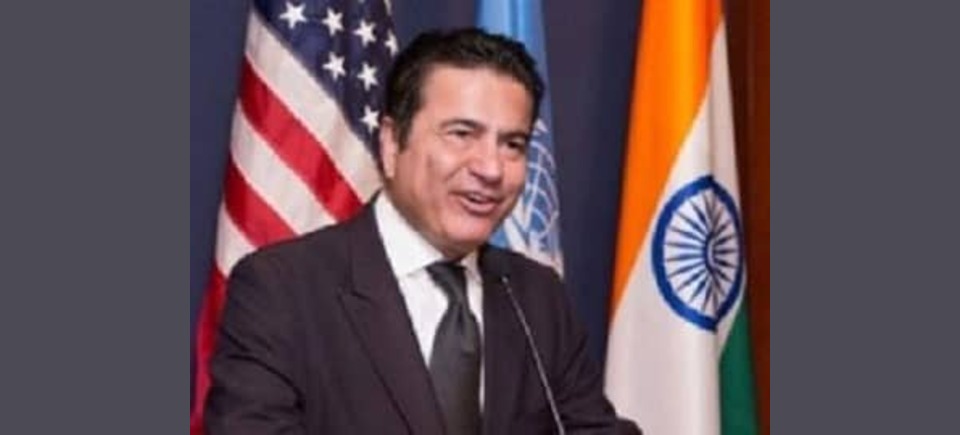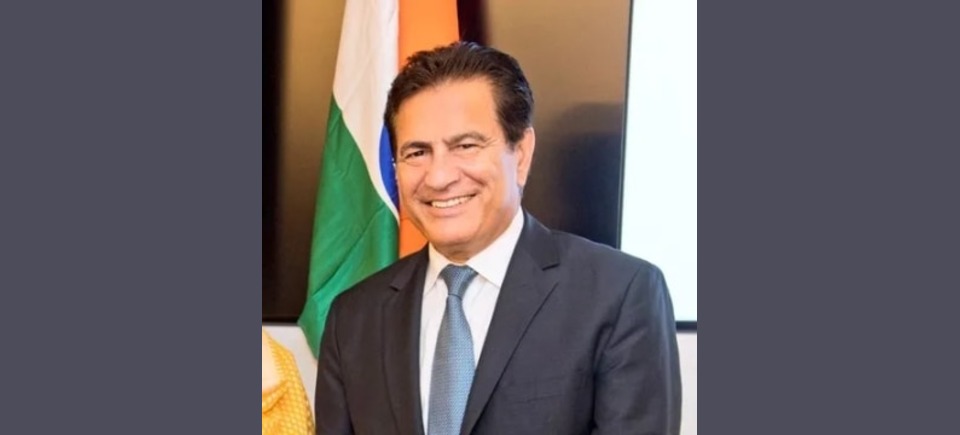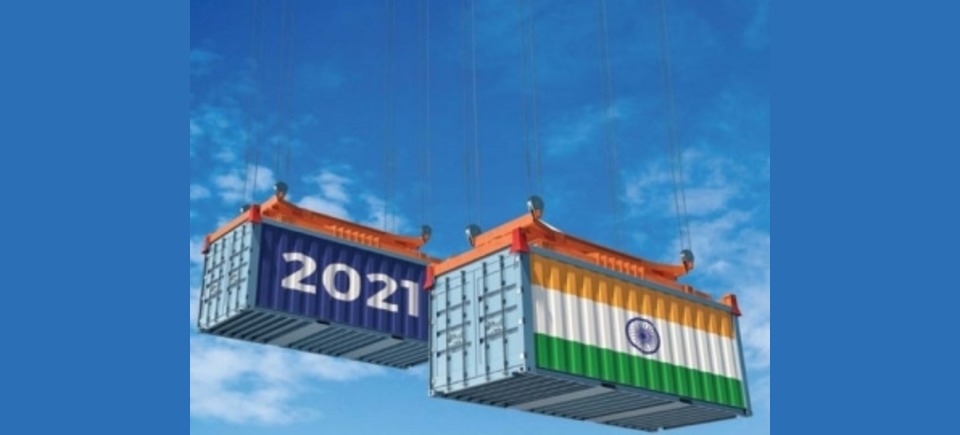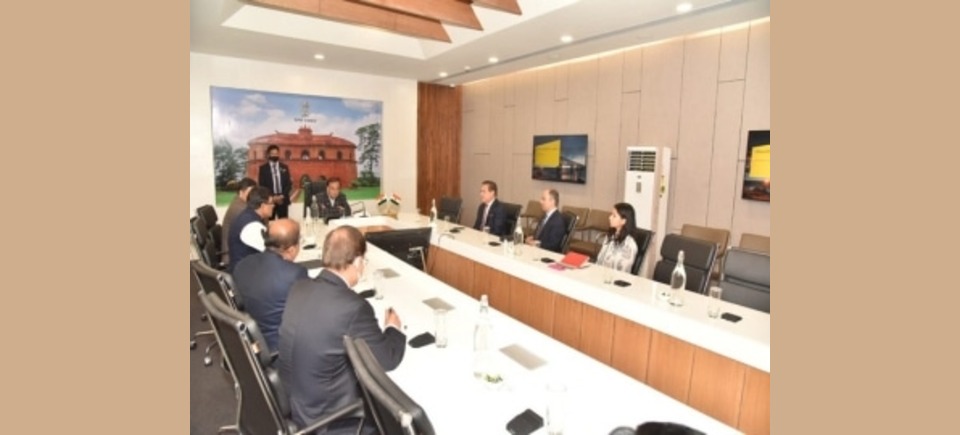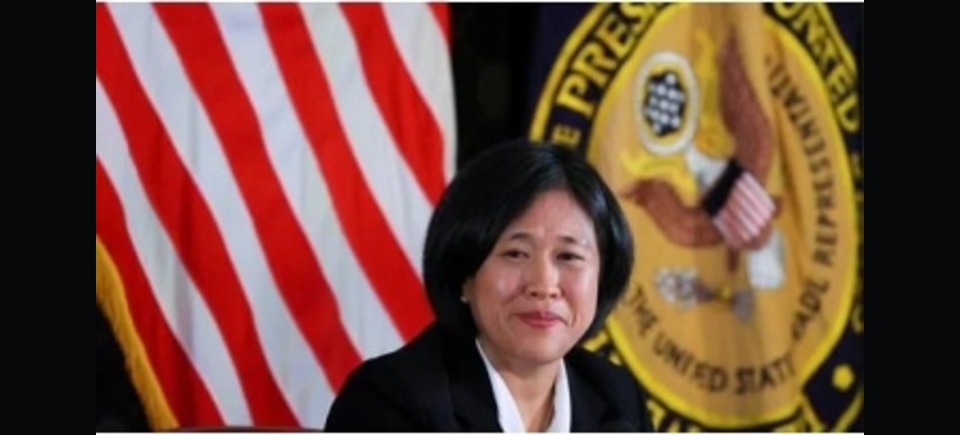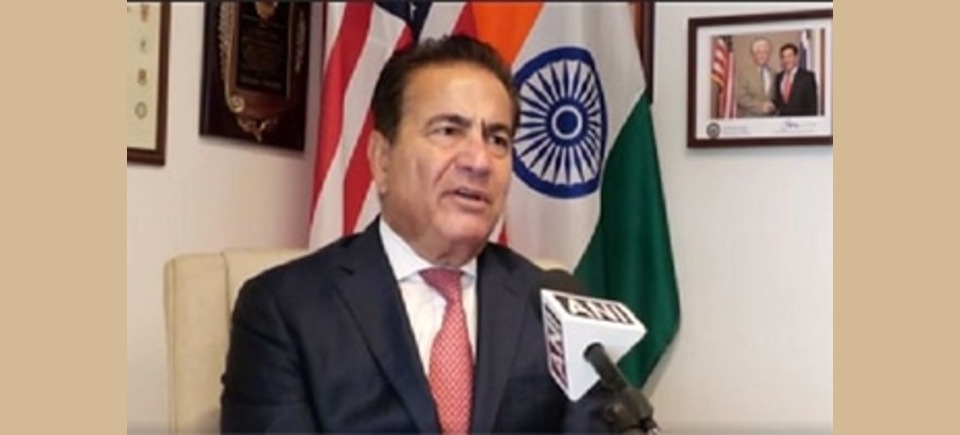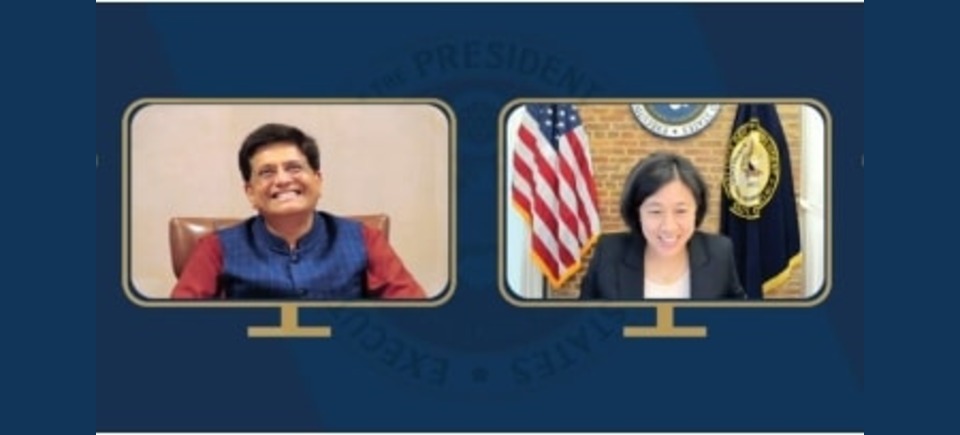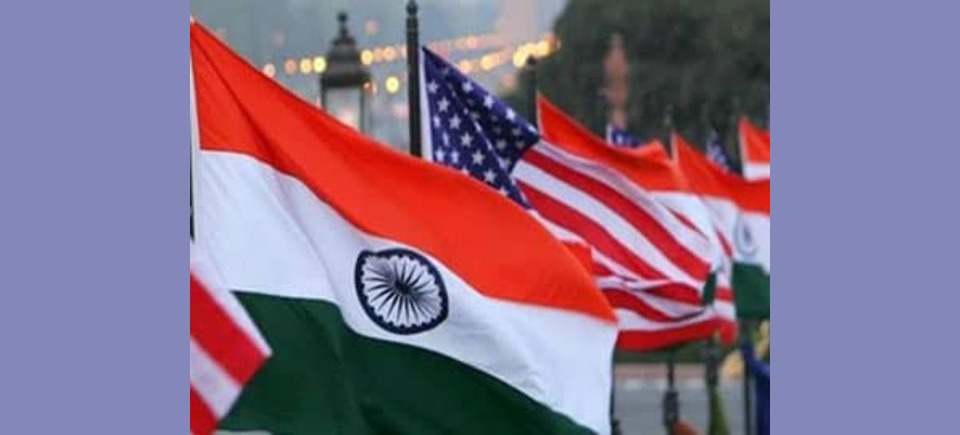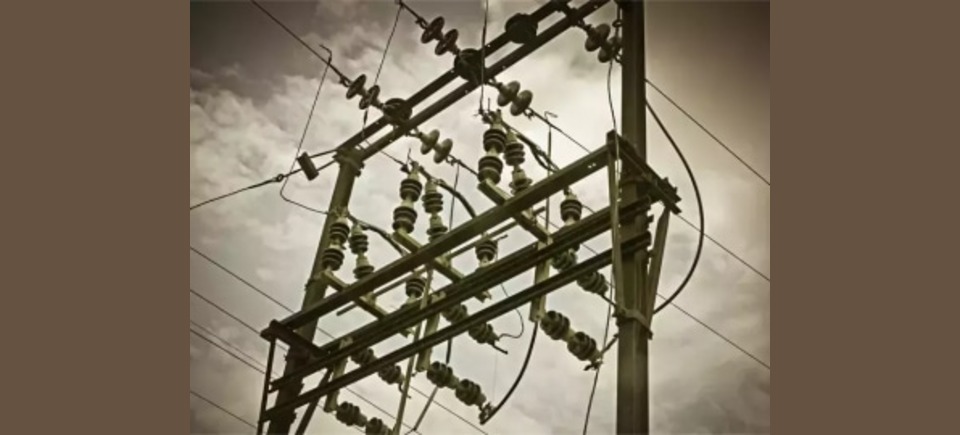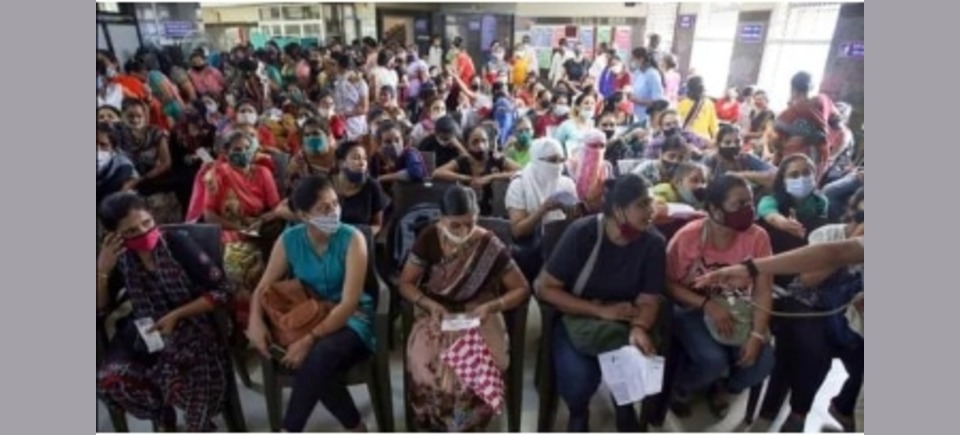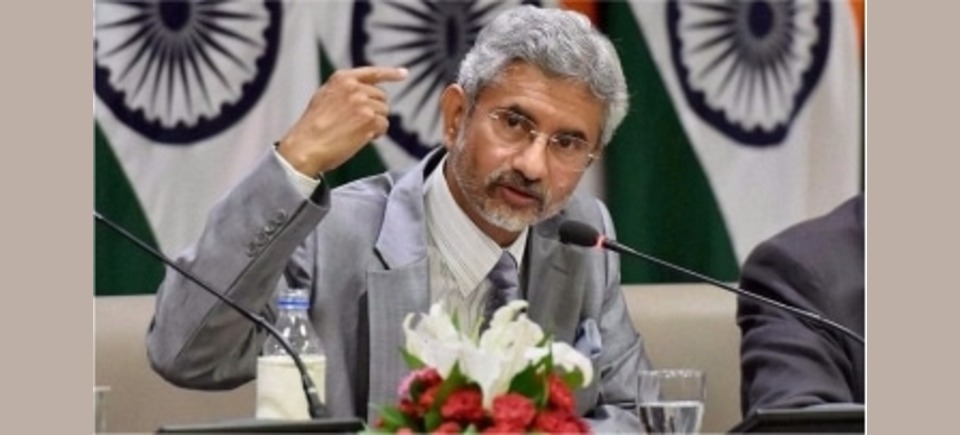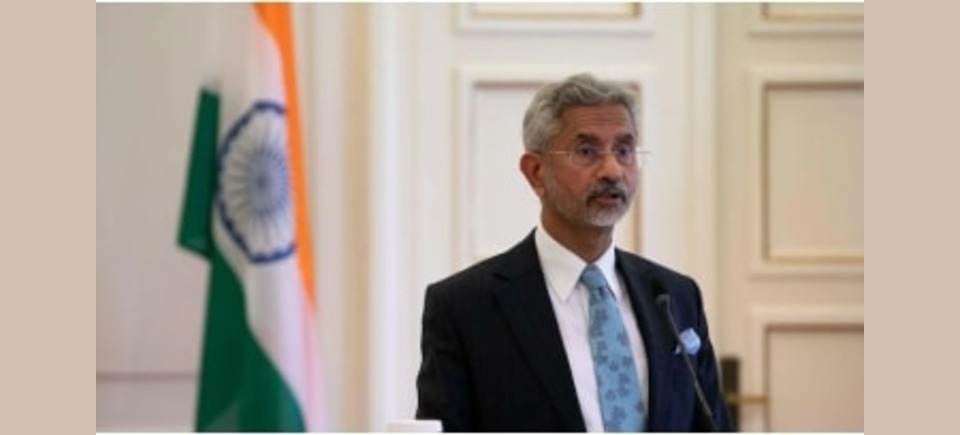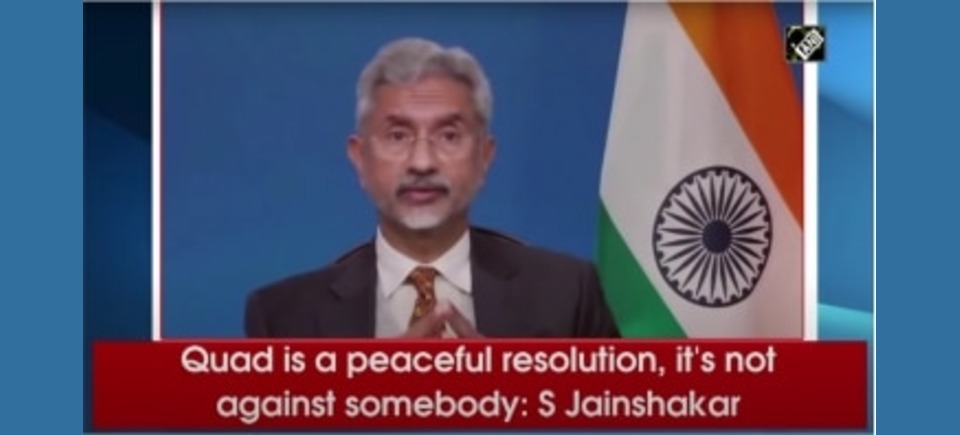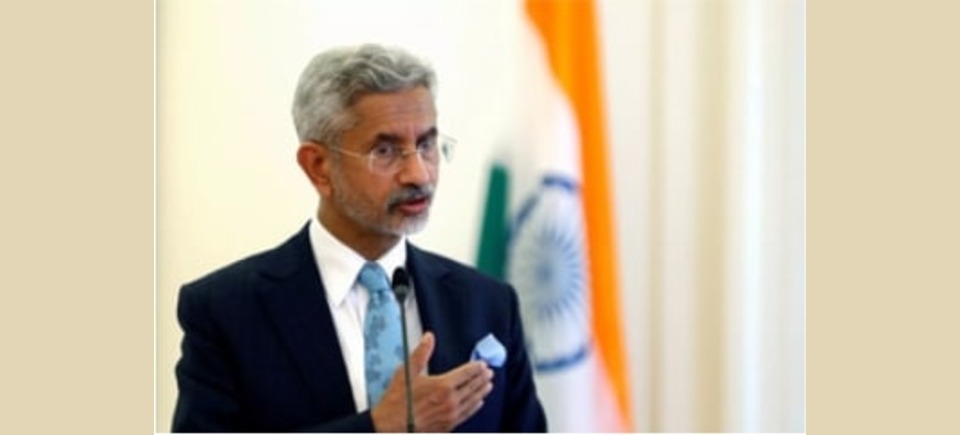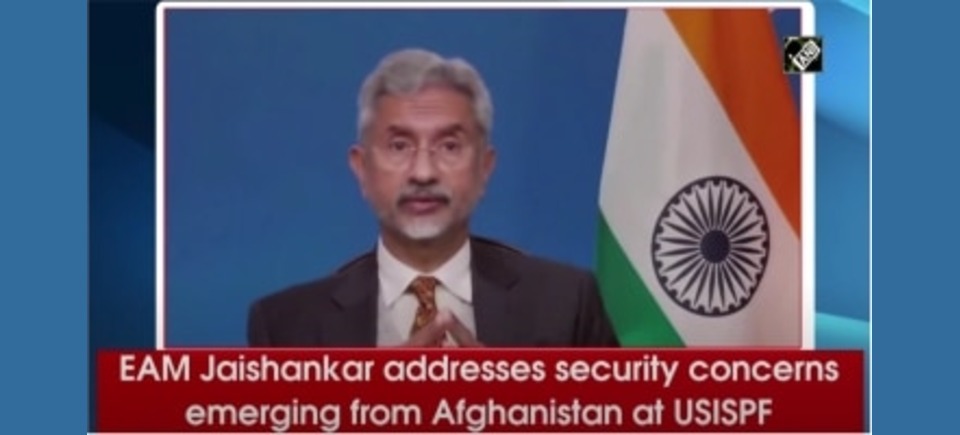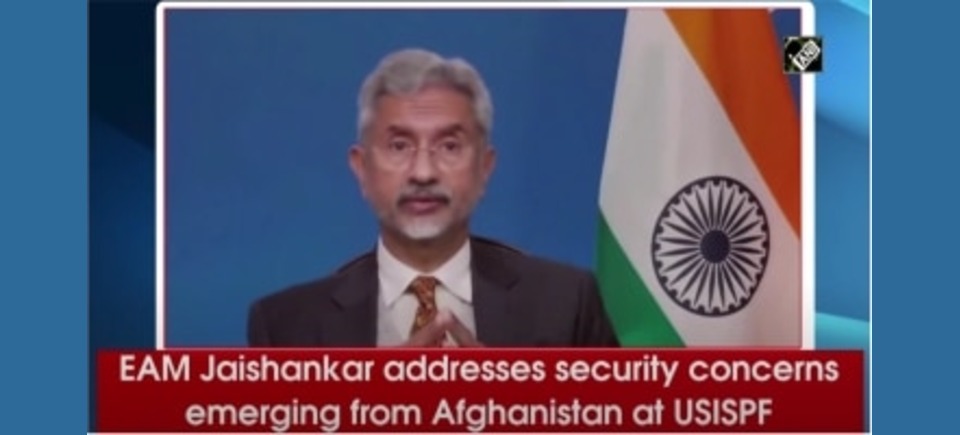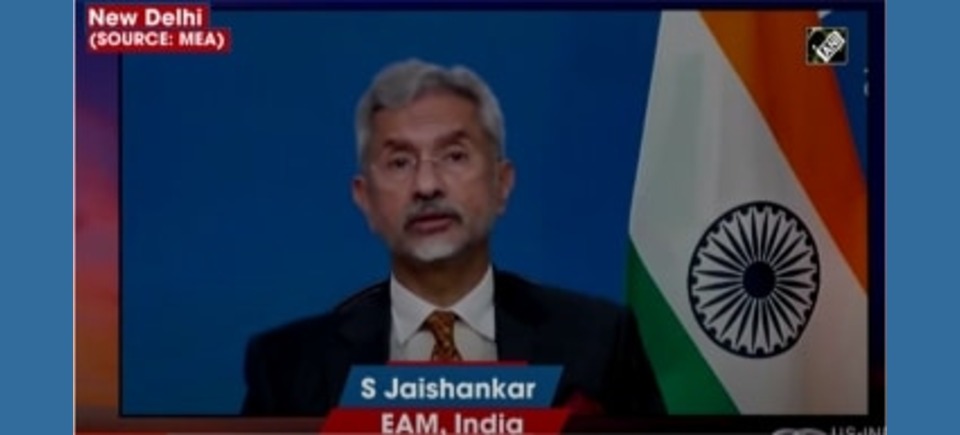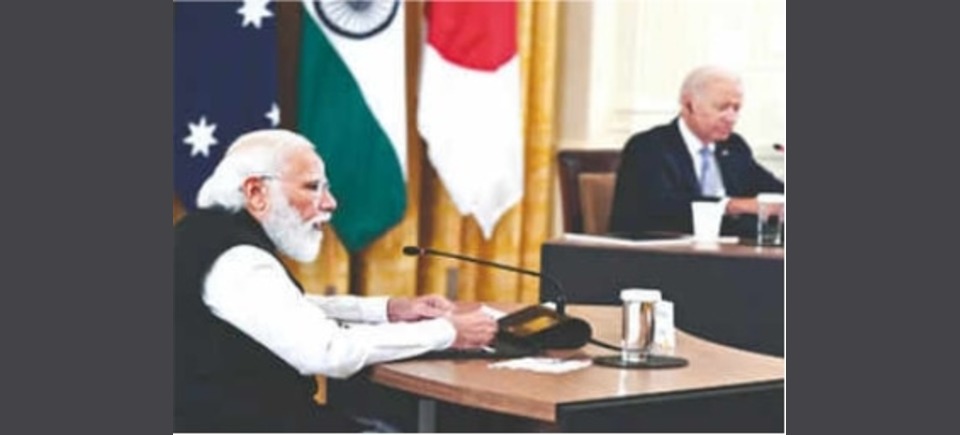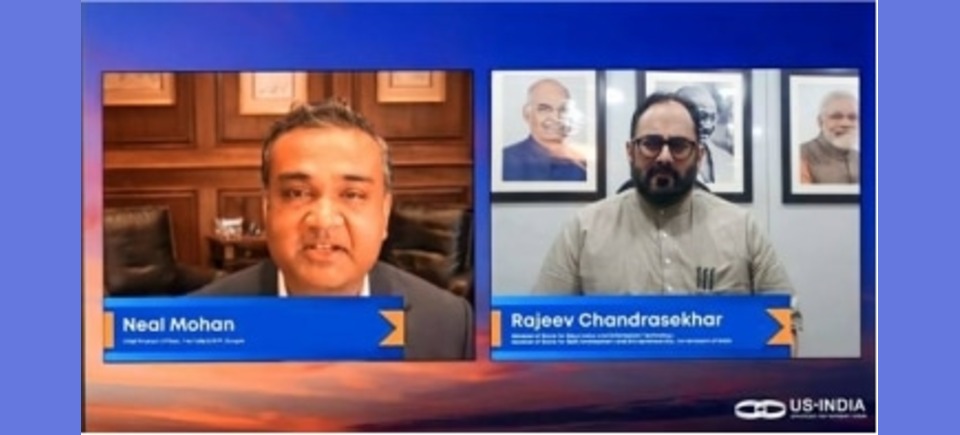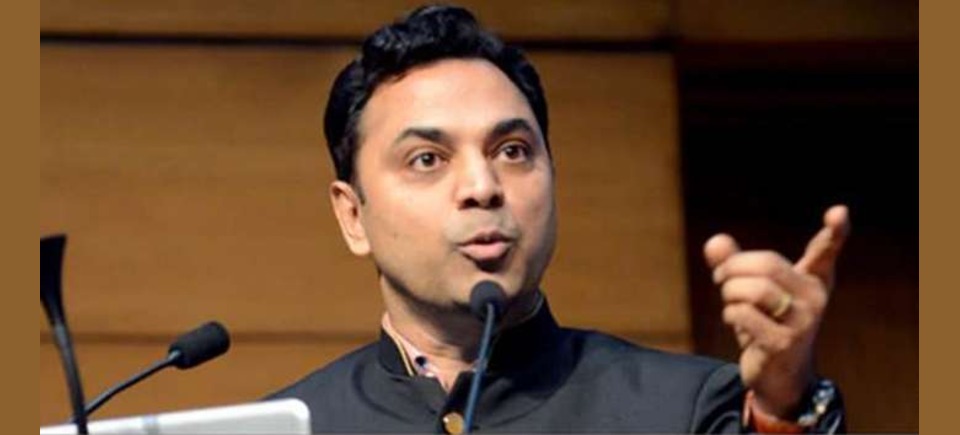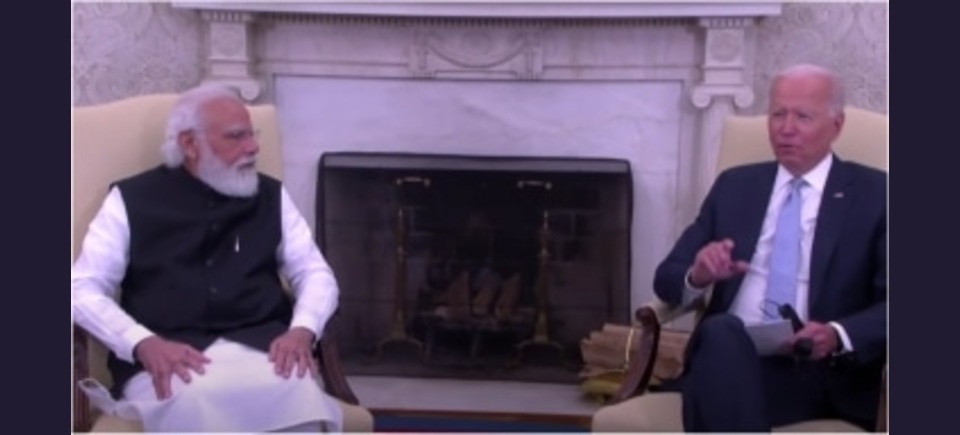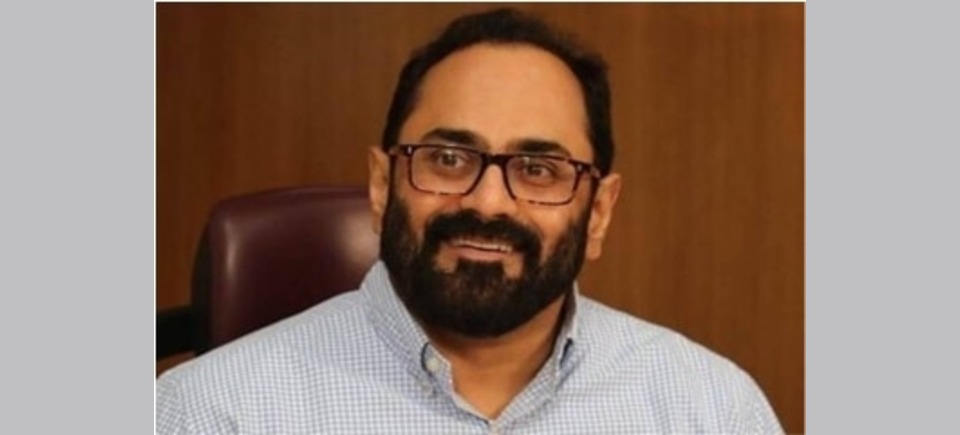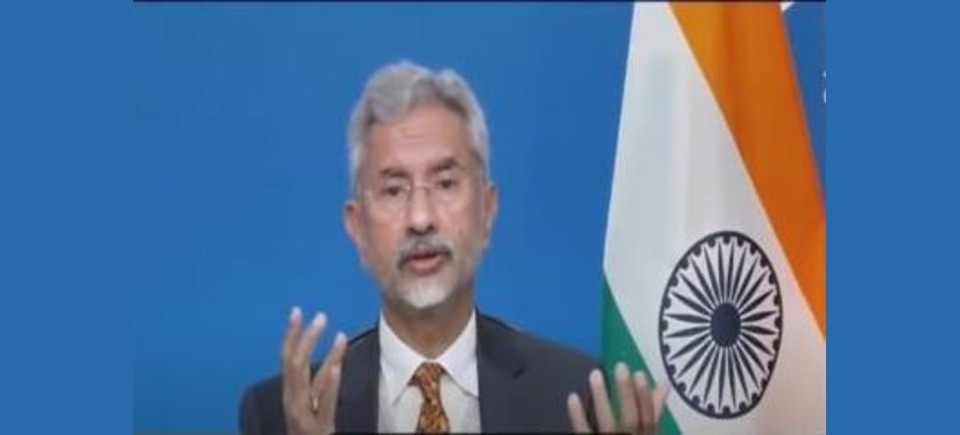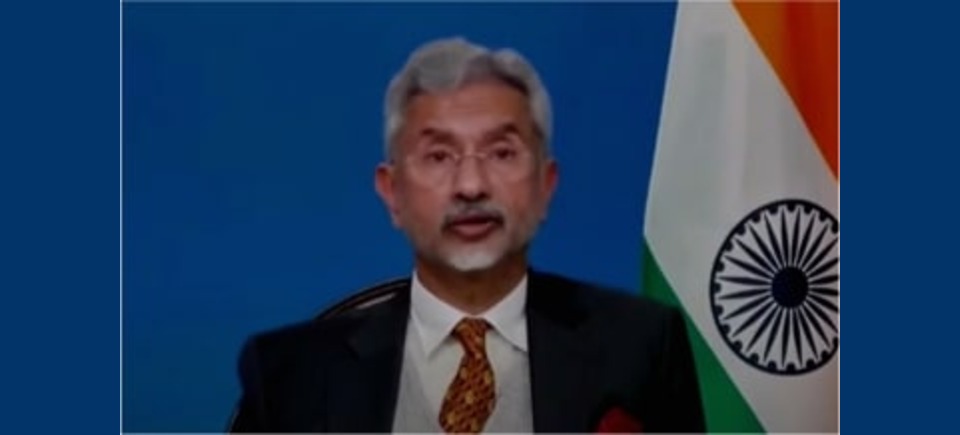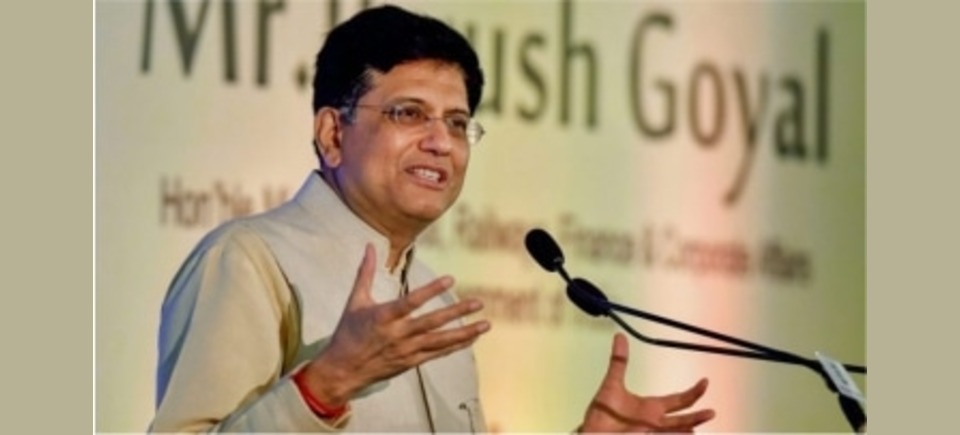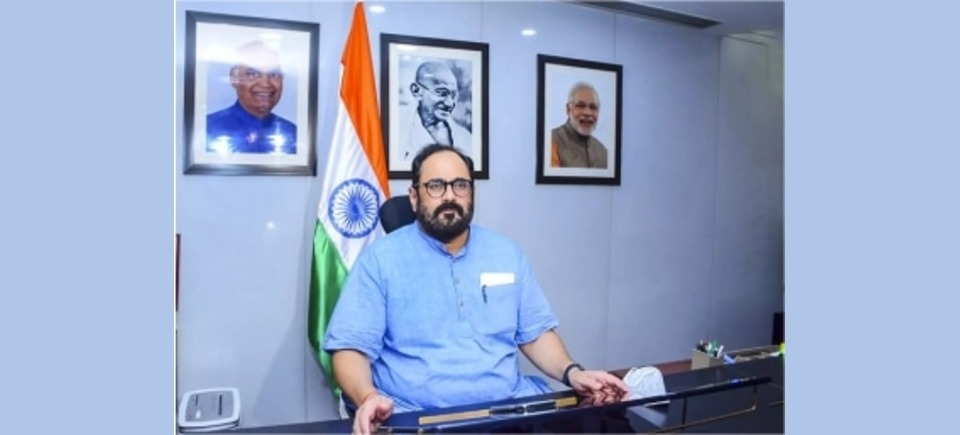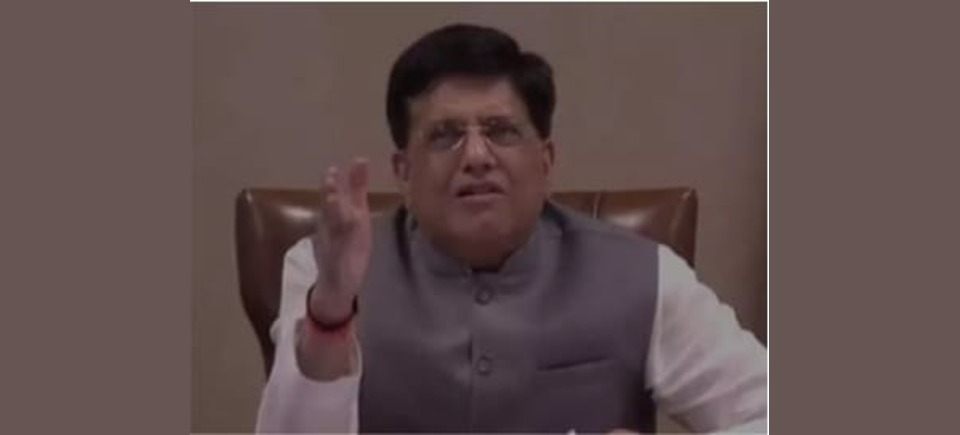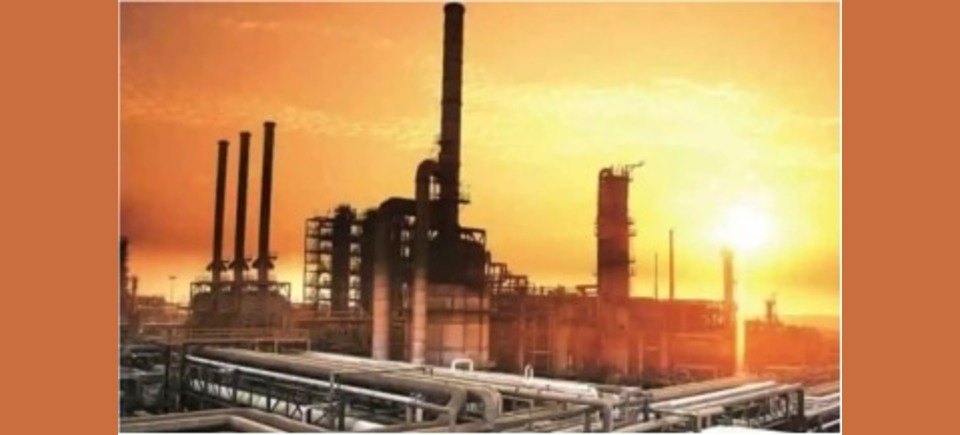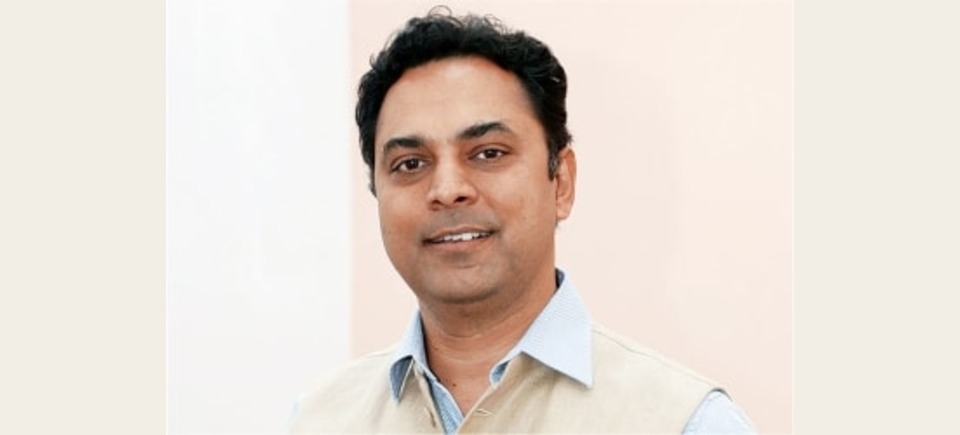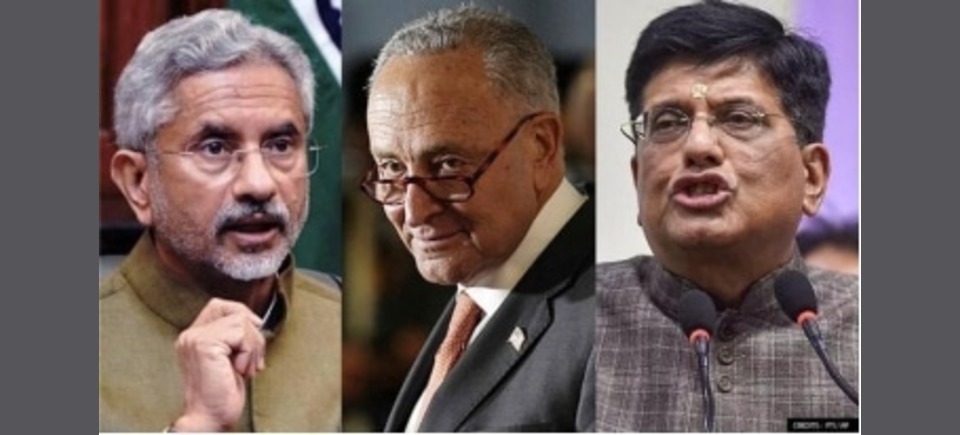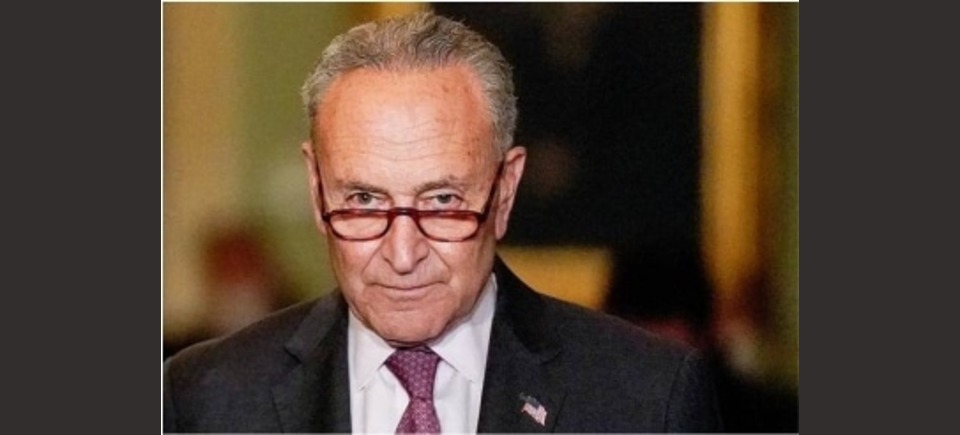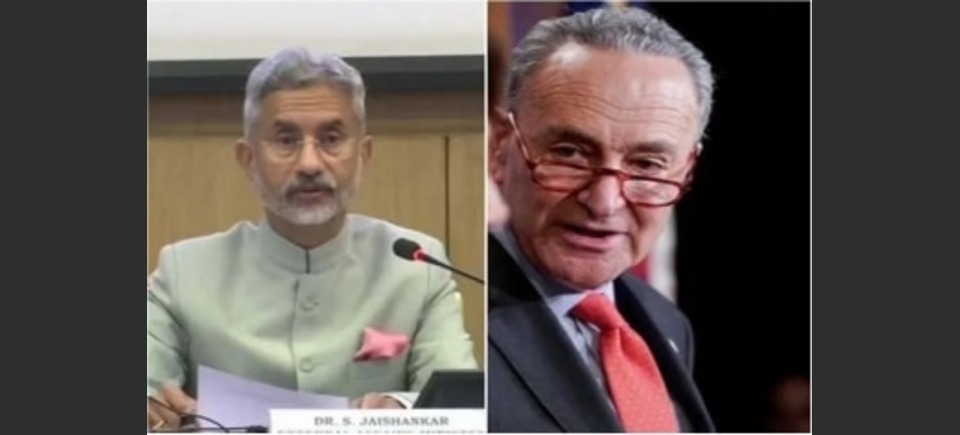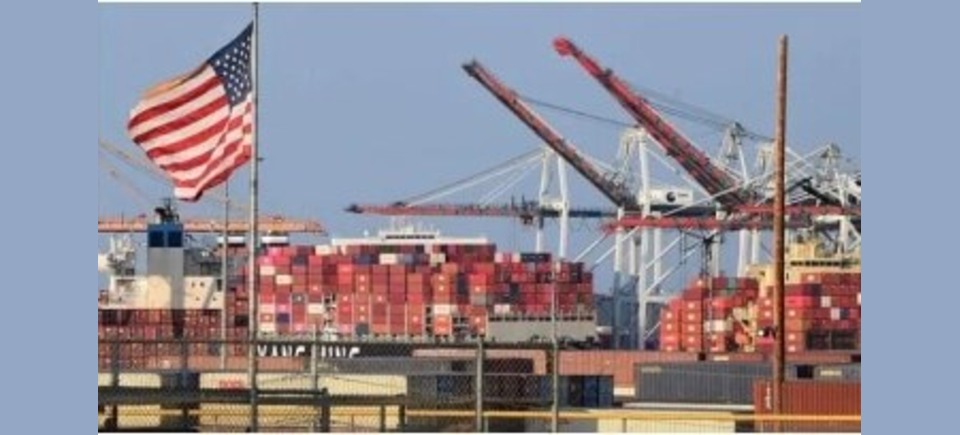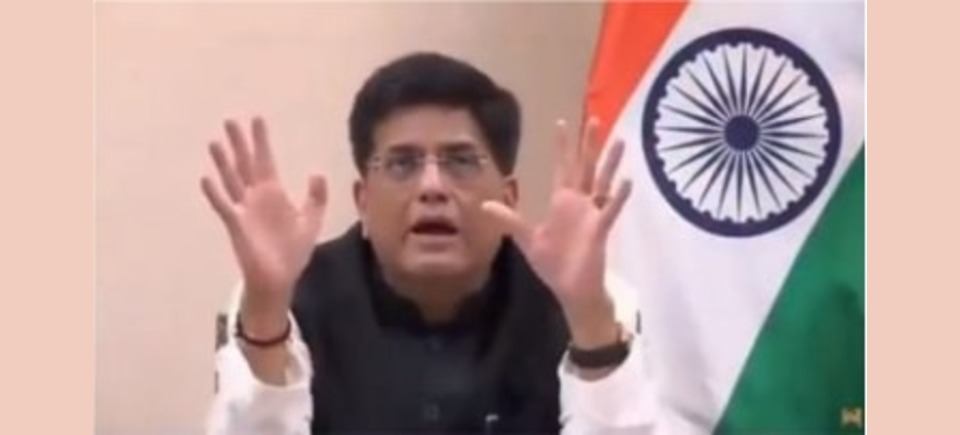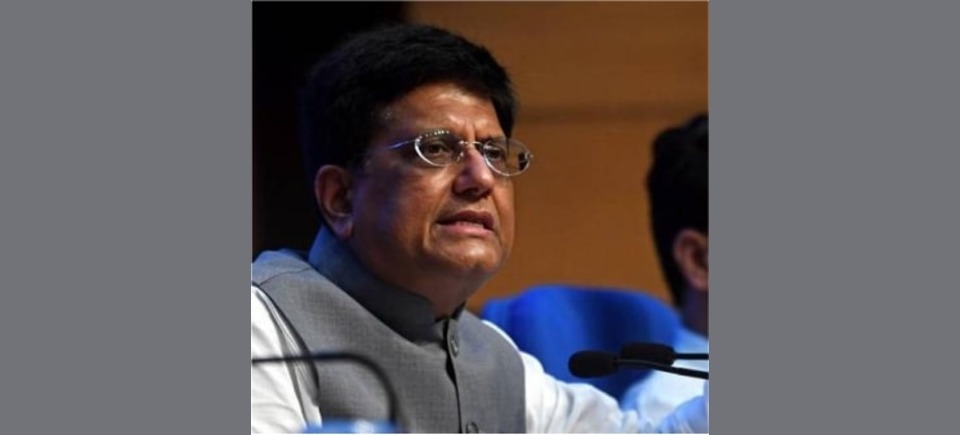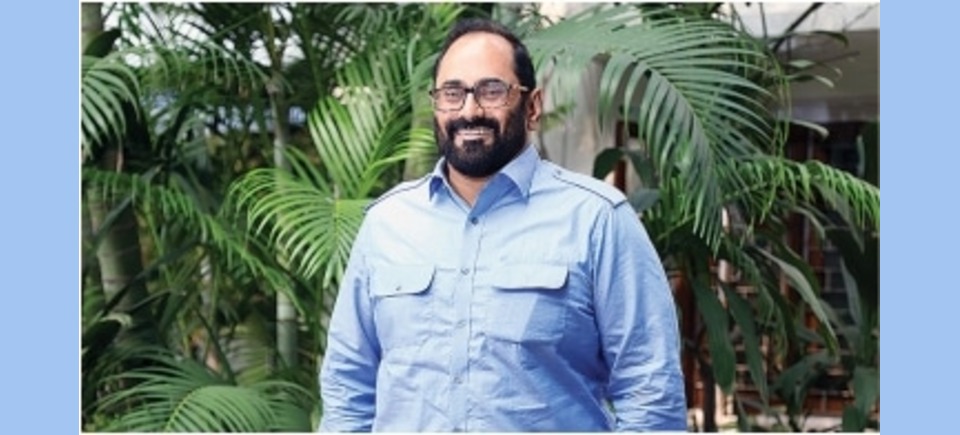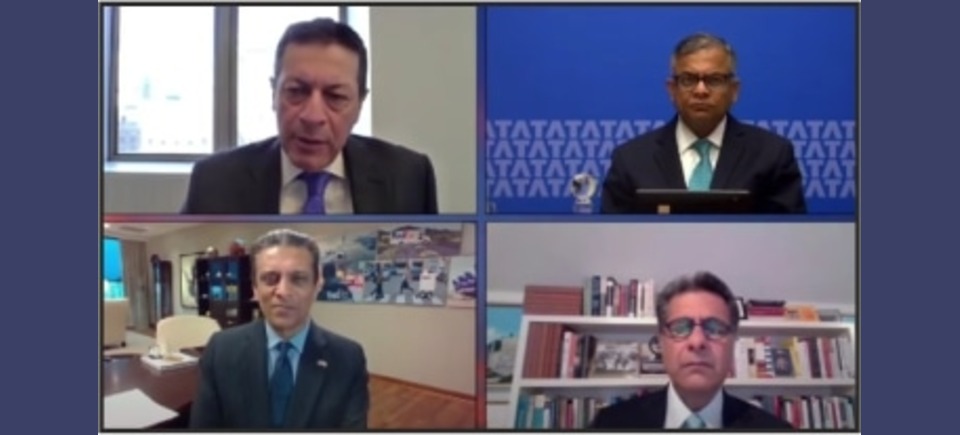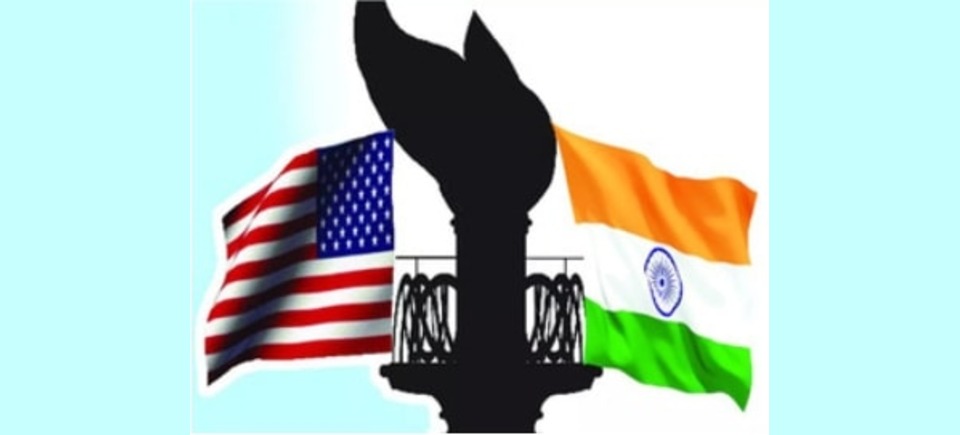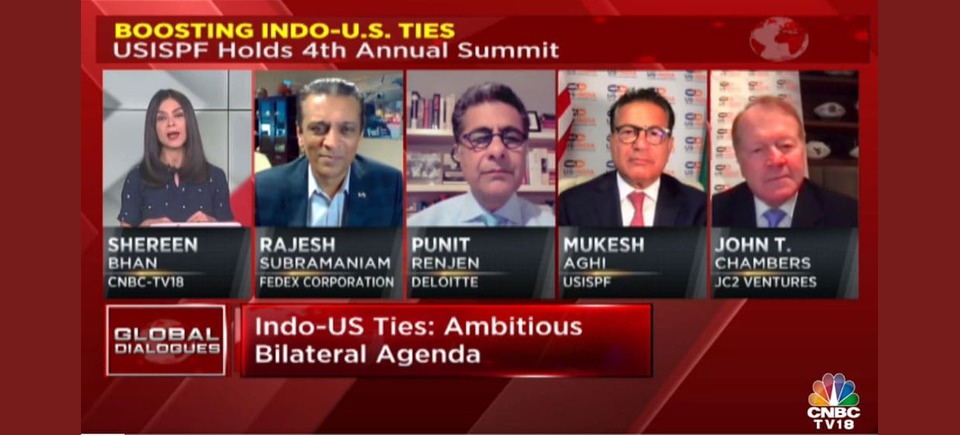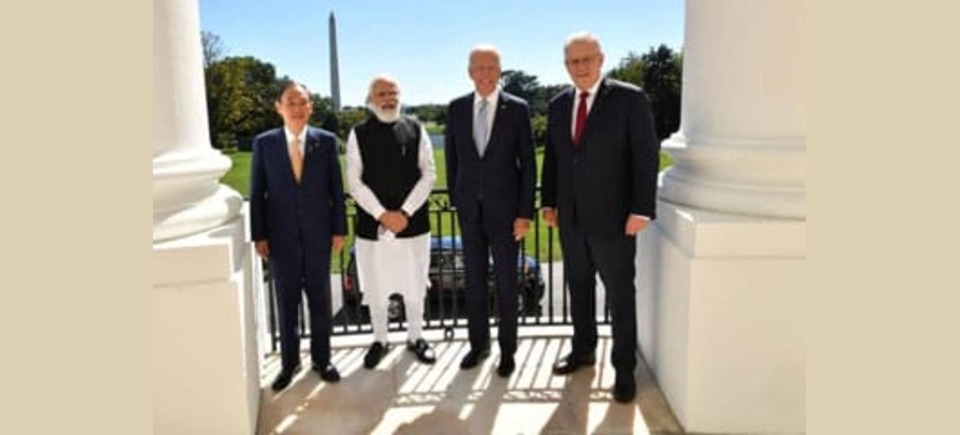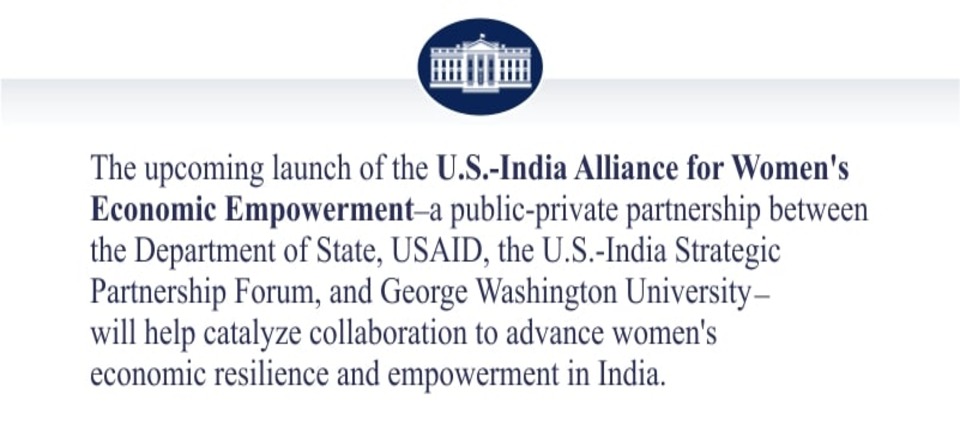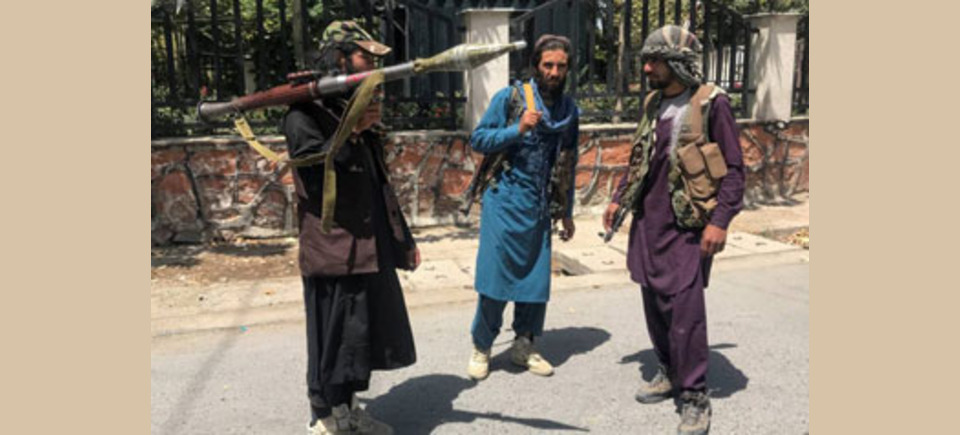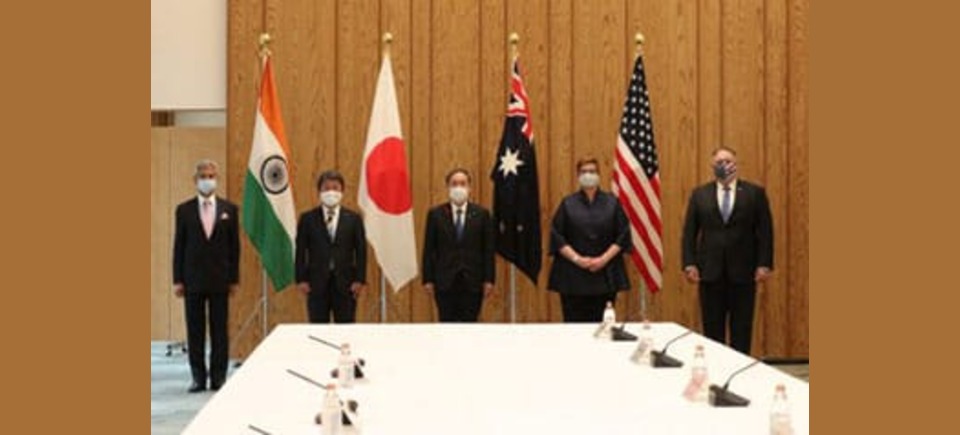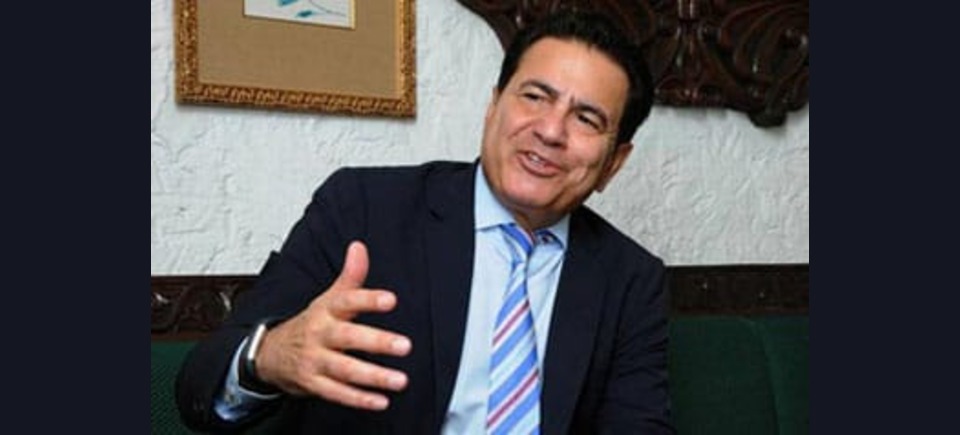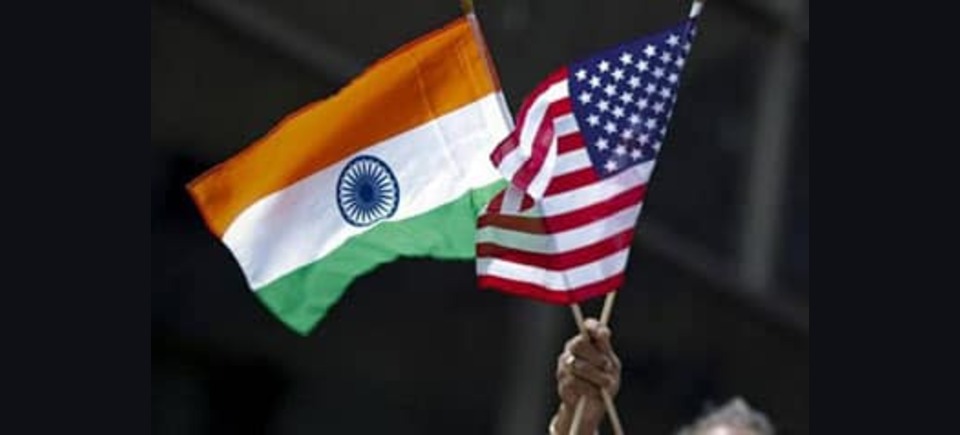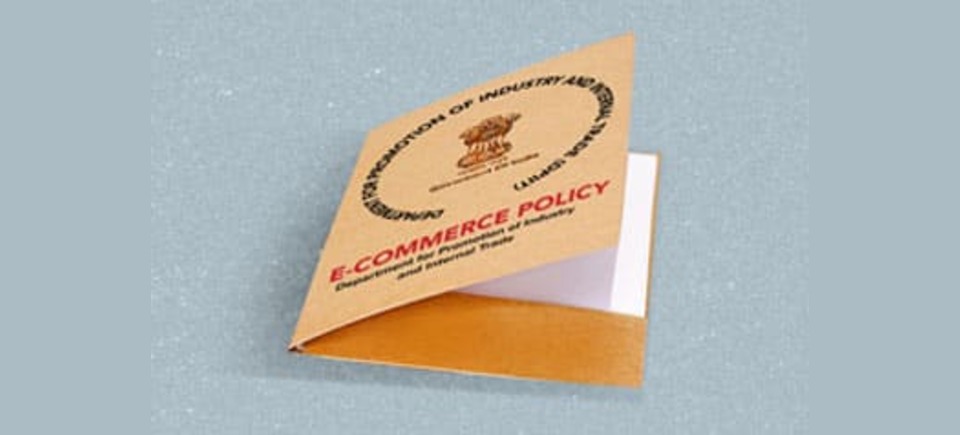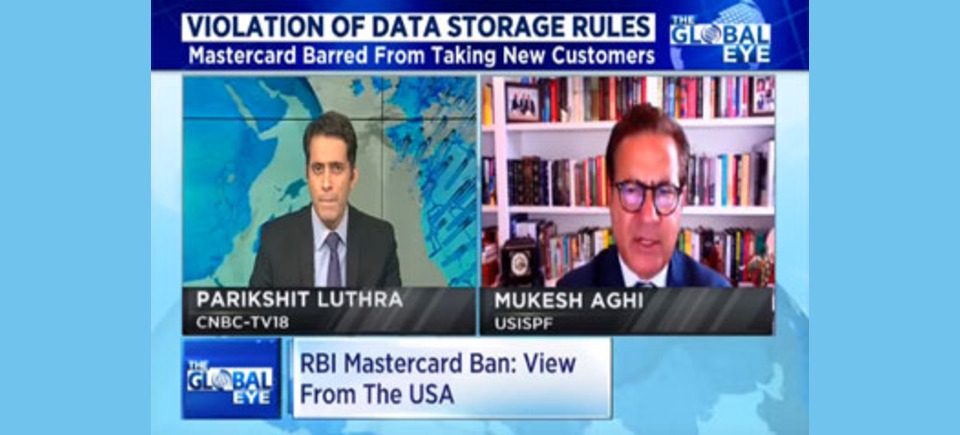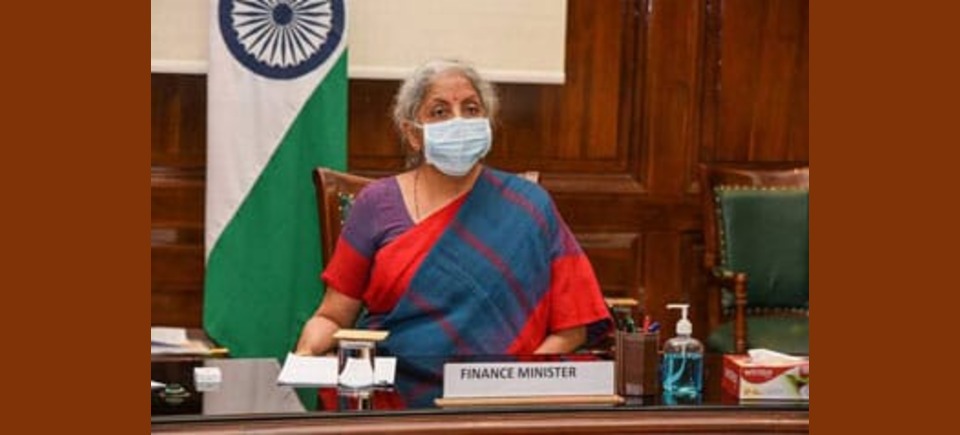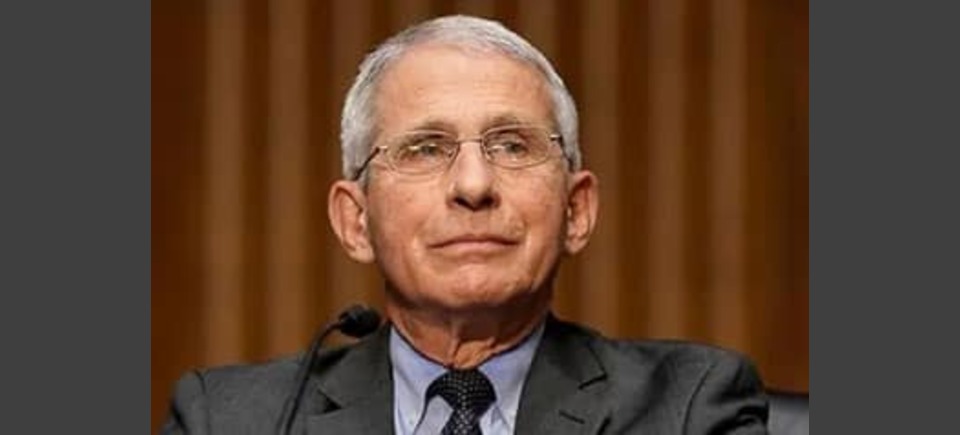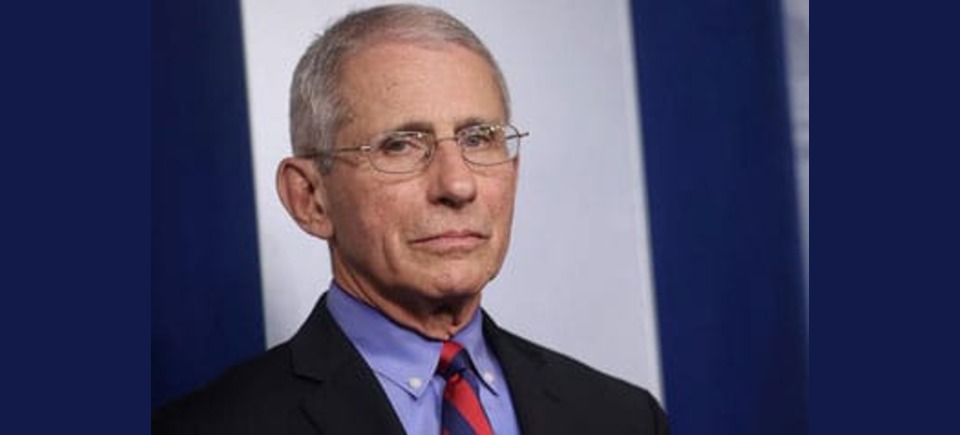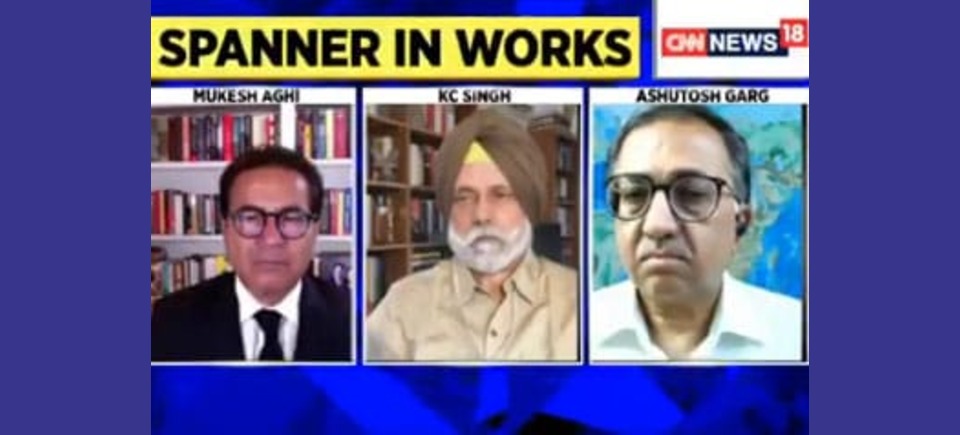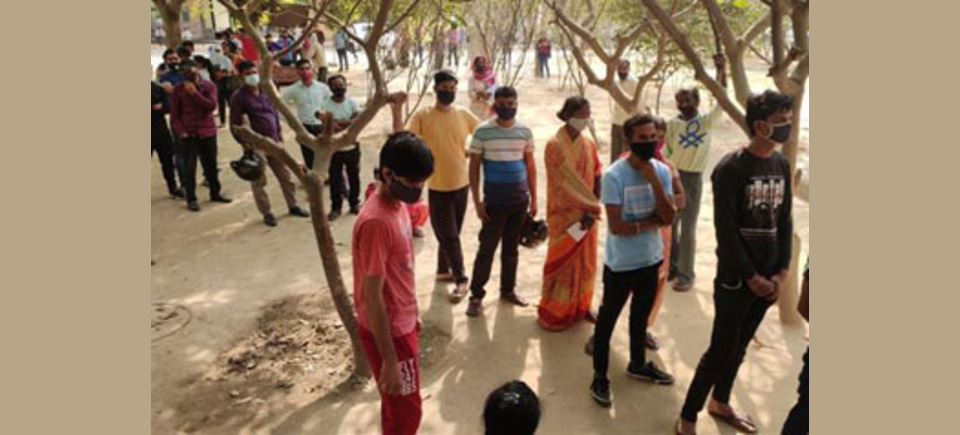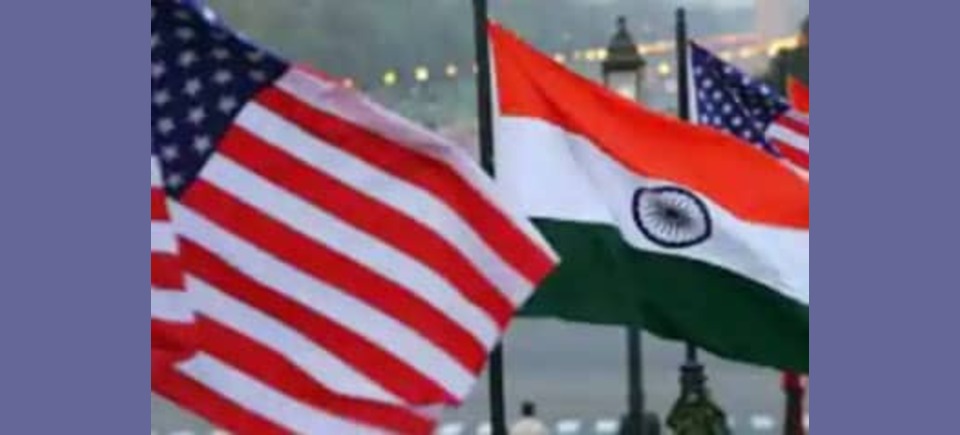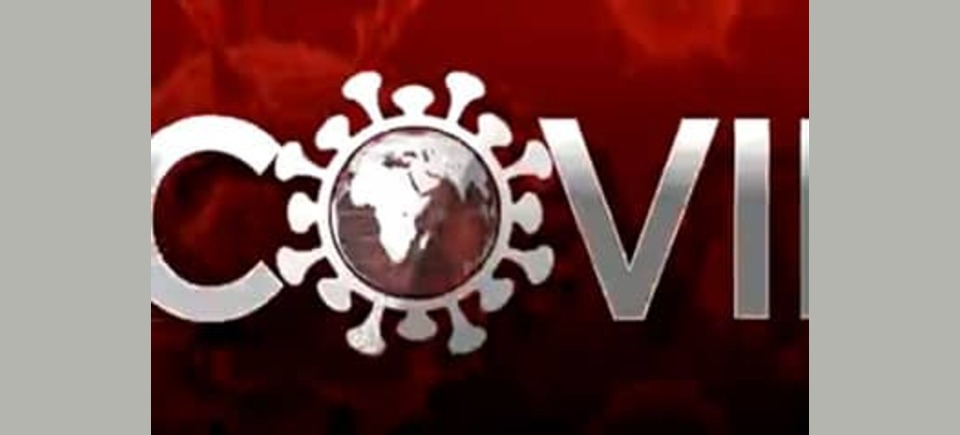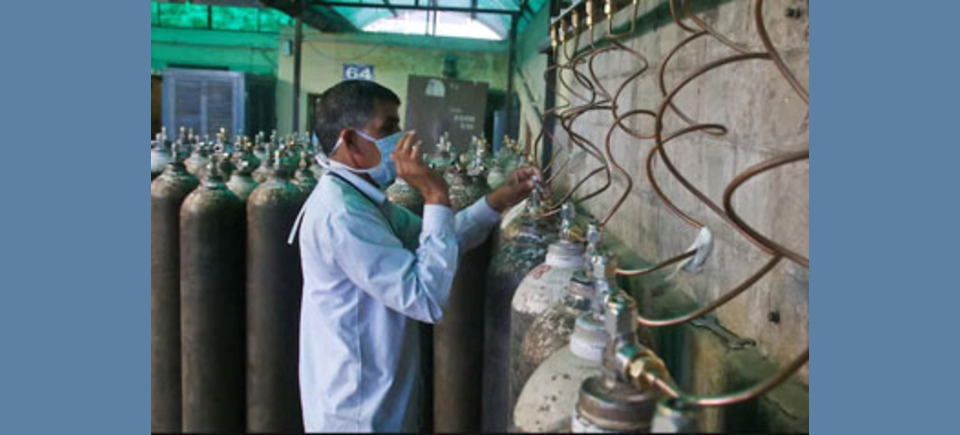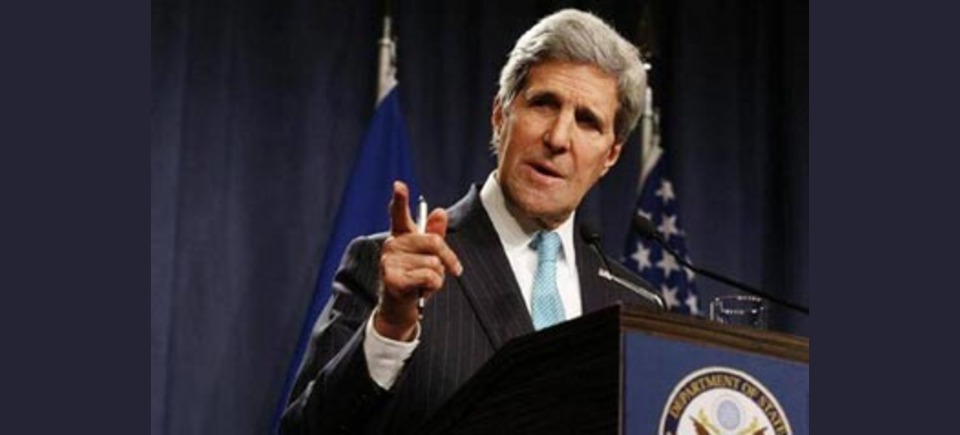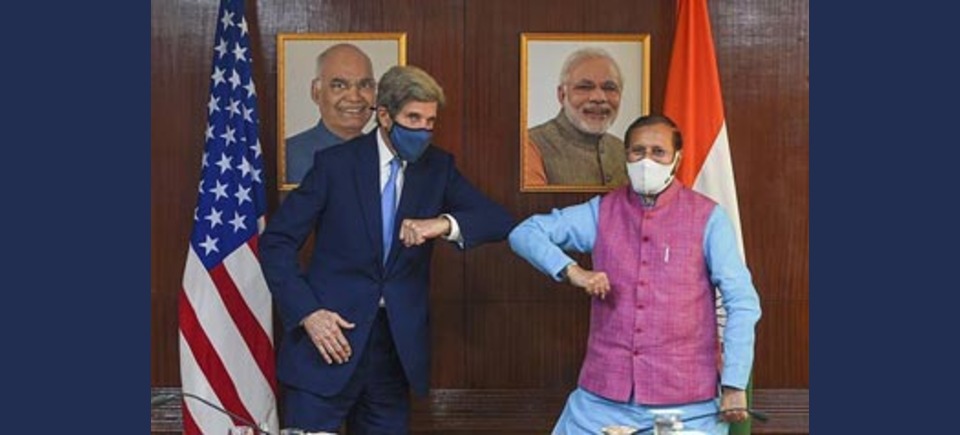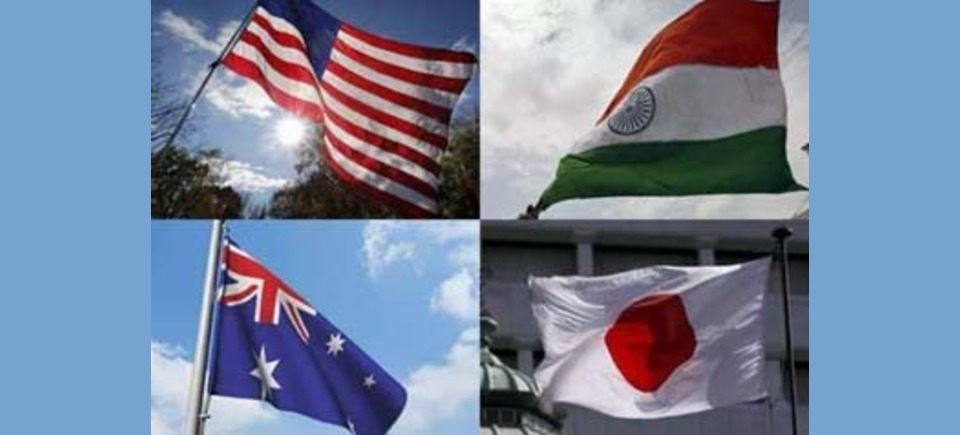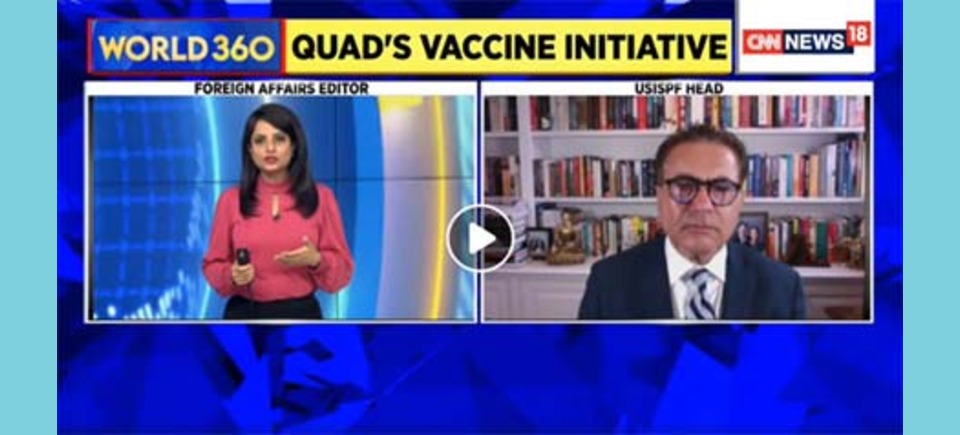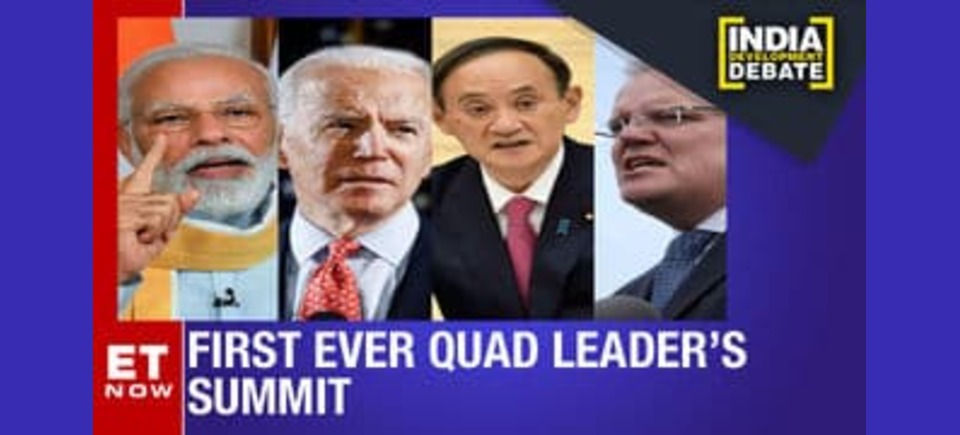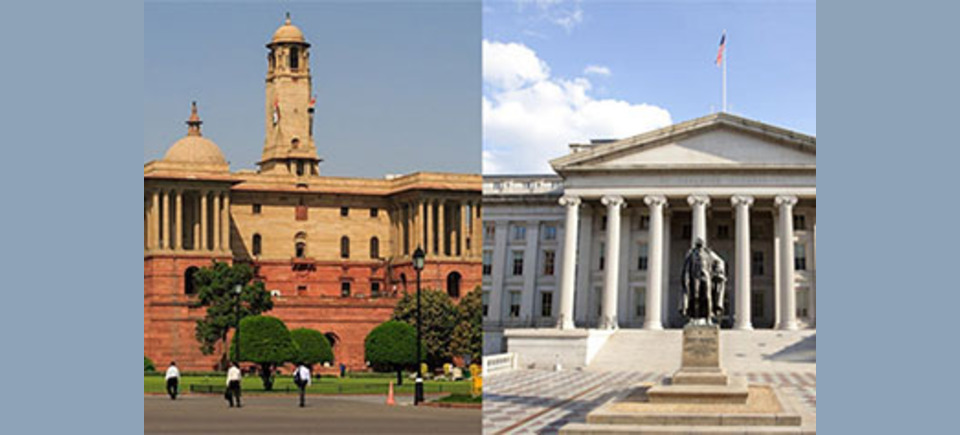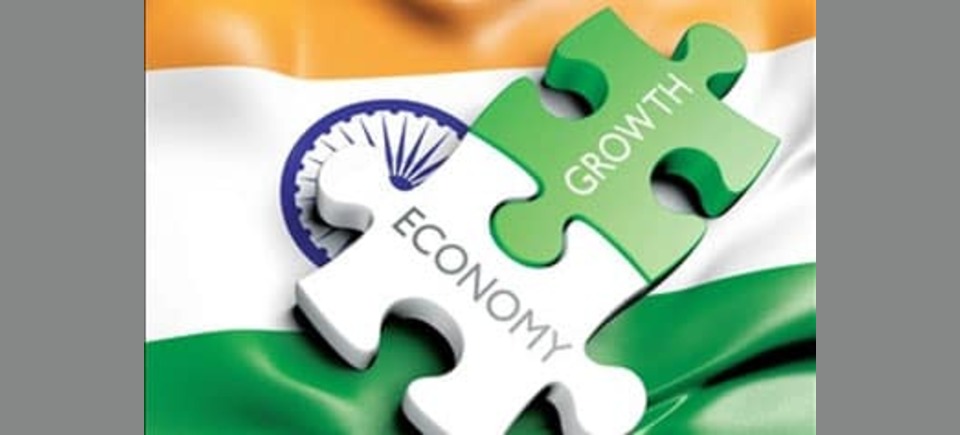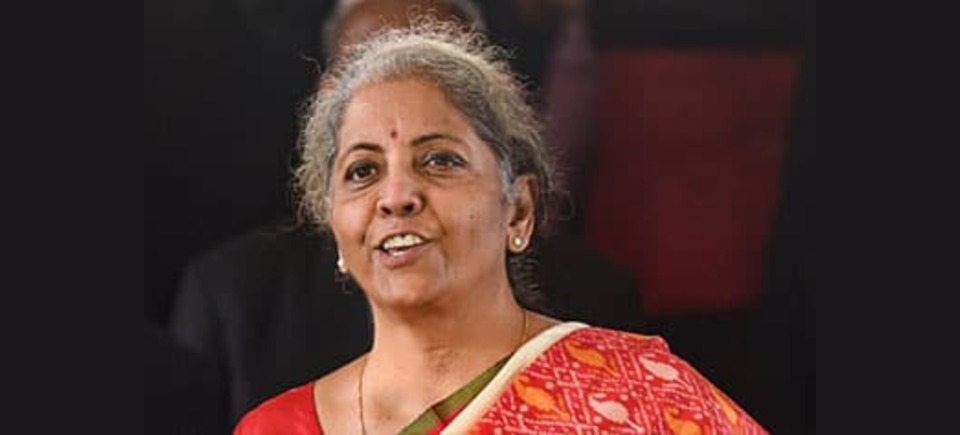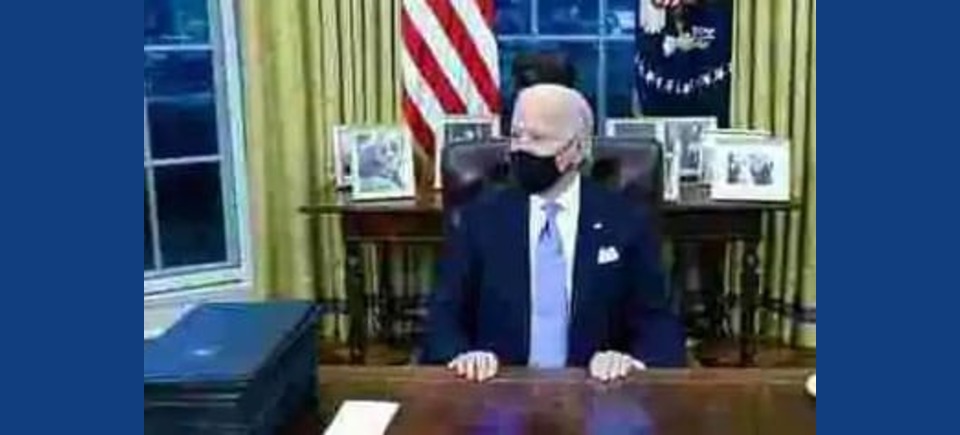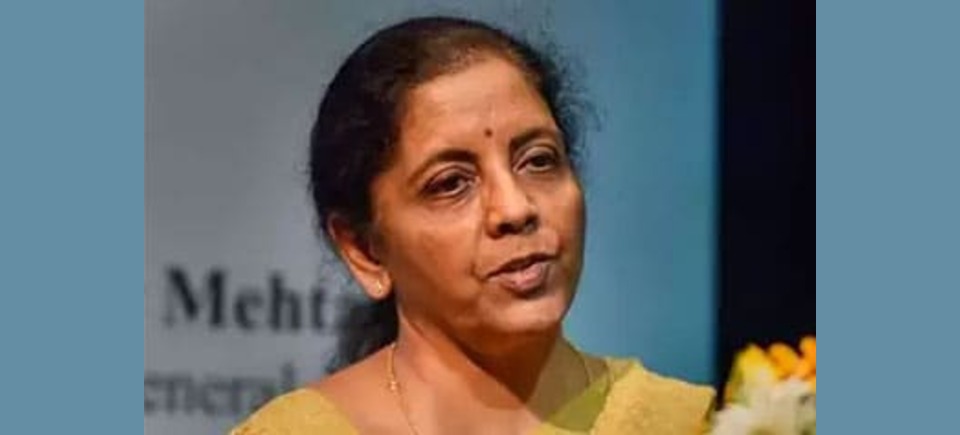Today, the U.S.-India Strategic Partnership Forum (USISPF), the U.S. Department of State, the U.S. Agency for International Development (USAID), and George Washington University launched the U.S.-India Alliance for Women’s Economic Empowerment (Alliance) in New Delhi, India. The Alliance is a public-private partnership between the State Department, USAID, USISPF, and George Washington University aimed at advancing women’s leadership, economic participation, and entrepreneurship in India in order to gain better access to finance, technical skills, networking opportunities, and other tools to grow their businesses and succeed in the workforce.
The Alliance was first announced in October, 2021 in Washington, D.C. by USAID Administrator Samantha Power. Smriti Irani, the Honourable Minister for Women and Child Development, Government of India, delivered keynote remarks at the launch today in New Delhi. The launch also featured Patricia Lacina, Chargé d’affaires, U.S. Embassy New Delhi, Katrina Fotovat, Senior Official of the, Secretary’s Office of Global Women’s Issues, U.S. Department of State, and Sanjay Gupta, Country Head and Vice-President, Google, Inc.
Senior Official Katrina Fotovat emphasized the longstanding U.S. commitment to advancing women’s economic security, “When women’s voices, expertise, and contributions are recognized in the boardroom, marketplace, household, and community, businesses grow, partnerships are formed, and innovative solutions are created, allowing economies [to] thrive and women to prosper.”
At the event today, Sanjay Gupta announced a “Google pledge to support 1 million women in their entrepreneurship journeys with WomenWill and towards the cause of the India Million Women Mentors Initiative of the Alliance. Since 2015 in India, Google began the journey to bring more women online with the Internet Saathi program, which trained approximately 30 million rural women across 300,000 villages in basic digital literacy.” Led by Alliance member Pod, the India Million Women Mentors Initiative aims to connect one million women and girls in India with mentors over the next five years.
Smriti Irani, Hon’ble Minister for Women and Child Development, Government of India, re-iterated the Honourable Prime Minister’s commitment to lead “women centric initiatives that have supported the growth trajectory of many women in India”. On the occasion of this launch, she emphasized that, “women for long have been consumers of technology. It is time to move the needle to see women as owners and leaders of technology.”
Mukesh Aghi, President, and CEO of the US-India Strategic Partnership Forum, commended the launch of the Alliance, saying, “We are glad to see the momentum of the Alliance since it first launched in October.”
GWU is the Alliance’s academic partner and will provide insights and leadership around the acceleration of gender lens investment in India through data and evidence. Amita N. Vyas, Director of the GW Maternal and Child Health Centre at Milken Institute School of Public Health at GW serves on the Alliance’s Executive Committee alongside senior leaders from the U.S. Department of State, USAID, and the U.S. India Strategic Partnership Forum. “The Alliance will provide new and innovative ways to create stronger partnerships and investments, and we know that investing in adolescent girls and women is catalytic because it not only changes the lives of individual women, but ensures that their families, communities, and the country thrives,” Vyas said.
About the U.S.-India Alliance for Women’s Economic Empowerment
The U.S.-India Alliance for Women’s Economic Empowerment is a public-private partnership between the State Department, USAID, USISPF, and George Washington University designed to catalyse transformational commitments to foster women’s economic advancement and inclusion in India. We focus on three areas of action: accelerating women’s entrepreneurship, fostering leadership in the workforce and providing access to career enhancing education and skills building opportunities. The Alliance works with cooperating members in the private sector, civil society, and academia in both countries to advance its mission.
About the U.S.-India Strategic Partnership Forum
The U.S.-India Strategic Partnership Forum (USISPF) is committed to creating the most powerful partnership between the United States and India. As the only independent not-for-profit institution dedicated to strengthening the U.S.-India partnership in Washington, D.C. and in New Delhi. USISPF is the trusted partner for businesses, non-profit organizations, the diaspora, and the governments of India and the United States.
More information
https://www.theweek.in/wire-updates/business/2022/04/01/pwr22-us-india-strategic-partnership-forum.html




